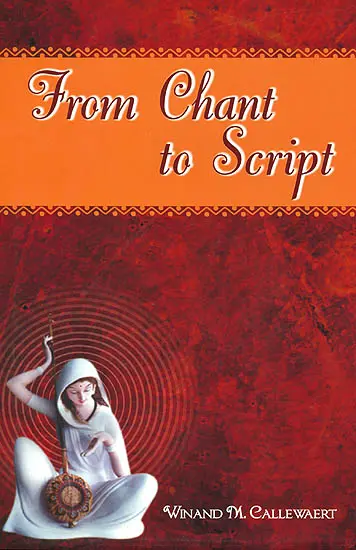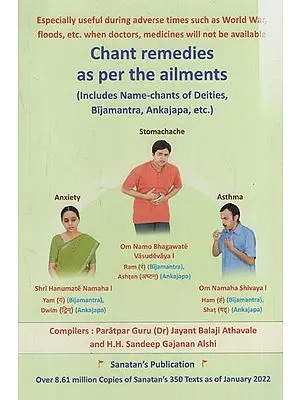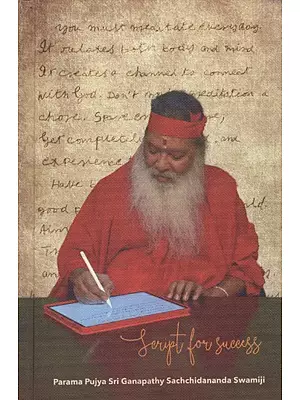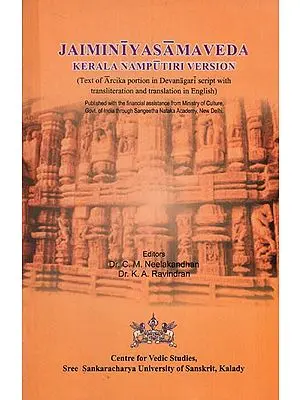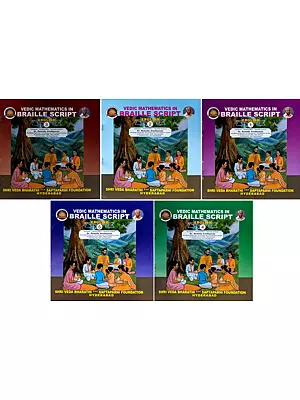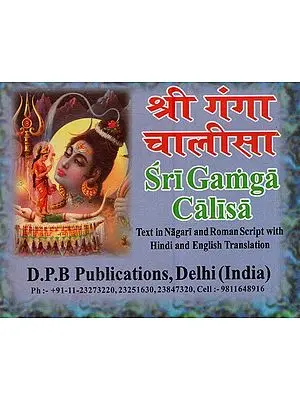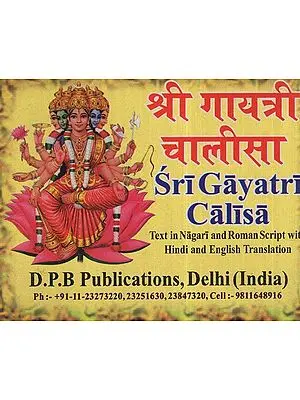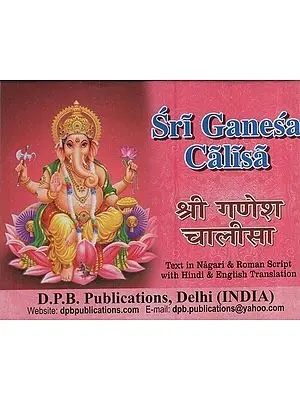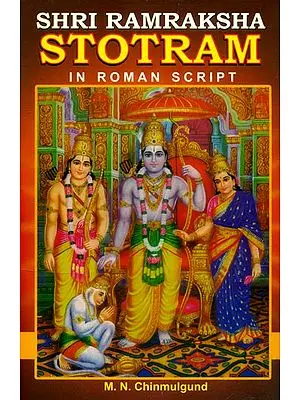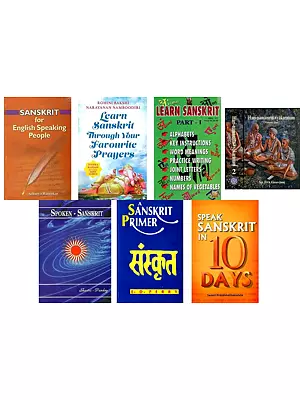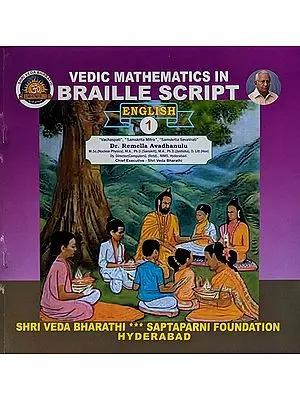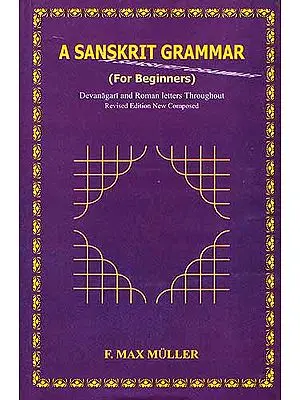From Chant to Script
| Specifications |
| Publisher: D. K. Printworld Pvt. Ltd. | |
| Author: Winand M. Callewaert | |
| Language: Sanskrit Text With English Translation | |
| Pages: 264 | |
| Cover: Hardcover | |
| 8.5 inch X 5.5 inch | |
| Weight 520 gm | |
| Edition: 2013 | |
| ISBN: 9788124606957 | |
| NAG252 |
| Delivery and Return Policies |
| Ships in 1-3 days | |
| Returns and Exchanges accepted with 7 days | |
| Free Delivery |
Callewaert started to publish long before the computer age, in 1974. He sent his PhD dissertation to the press typed on paper and then revised three typeset proofs. In 2009, he sent his most recent publication to the publisher on a memory stick: 21,87 pages. Many of the early articles, especially those of the precomputer age, may no longer be easily available and for that reason eleven articles were selected and thoroughly revised for this publication (pp.3-169). The research career of Callewaert was at the beginning strongly inspired by F. Camille Bulcke (Ranchi) and Charlotte Vaudeville (Paris). He followed their advice and worked mainly on manuscripts with Nirguna Bhakti literature, preparing critical editions and English translations. In order to complete the overall view of this research in that area, in this book are further given a summary of nine books published in the period 1989-2009 (pp. 171-216) and a summary of eight articles (1996-2011,pp. 217-44).
During his career he has photographed many manuscripts now threatened with destruction (the result is now digitized in the University of Heidelberg Library); he has prepared critical editions and translations in collaboration with several outstanding colleagues, and he realized how wrong he was in 1971 when defining his research future: to copy as many manuscripts as possible and to reconstruct the archetype, of “the original Kabir” and others, after a stemmatic comparison of the manuscripts. For, scribes committeed errors, intentionally or unknowingly, and variant readings, Callewaert thought, should enable a researcher to establish the relationship between the manuscripts. What eventually turned out to be a wrong methodology became a very exciting adventure, when Callewaert started to discover the singers in the manuscripts. This evolution too is discussed in the present volume, From Chant to script.
Winand M. Callewaert is Prof. Emeritus of Sanskrit and Hinduism at the KU Leuven, Belgium, where he started his academic career in 1973. He has been studying and working in India Since 1965, holding degrees in Hindi, Sanskrit and Philosophy from Ranchi, Varanasi and Pune. His PhD and D.Litt. degrees are from the KU Leuven. Besides numerous research articles and Hindi, and fourteen in Dutch. His main area of research has been the Bhakti literature in northern India. He is currently contributing to the Digital Databank of Bhakti Literature in Lausanne.
In 1965 I arrived in India and under the guidance of the Belgian Jesuit Father Camille Bulcke I started my studies of Hindi and Sanskrit at St Xavier’s, Ranchi. He was then working on his English-Hindi Dictionary (1968), writing with a pen and revising the typeset proofs and he told me repeatedly: “Winand, never start a dictionary. It is so hard.” After Studying at three different Indian universities, till 1971, I went to Paris to study with the great bhakti scholar Charlotte Vaudeville. Along with her enthusiasm she gave me the suggestion to work on nirguna bhakti literature in Rajasthan: ”work on manuscripts, that will make your research worthwhile”. I followed her advice and enjoy my the great Father Bulcke, I ignored his advice and in 1996 I started my last great project: Direction of Bhakti: North-Indian Bhakti Texts into Khari Boli and English, to be completed in four years. I took me thirteen years.
In 1971 I came back from India, after Six years of study, and had a clear picture of what my research would consist of: the copying of manuscripts and preparation of critical editions of original texts, and translation. I also saw that my work would necessarily include going to far away places in Rajasthan and to important institutions in the cities. On the basis of the manuscripts found, I would reconstruct, I thought, the archetype of the pads I wanted to edit, Scribes committed errors, intentionally or unknowingly, and obviously these variant readings should enable a researcher to establish the relationship between the manuscripts. On the basis of these relationships the stemma should allow one to reconstruct the “critical” text: a classical, scholarly approach to manuscripts leading to the Archetype! It all looked very simple and easy but wrong, and it became an even more exciting adventure, when I started to discover the singers in the manuscripts.
If I could start again, would I do what I have been doing? The answer is definitely yes, for several reasons. That research has given me some good friends, all over the globe, it has given me some opportunity- when I was young- to make adventurous tours all over Rajasthan, using all available diplomatic skill in order to have access to the manuscripts. Most importantly with that research I have contributed to the preservation and critical text editions of old texts threatened with destruction.
After a long period of preparation I started to publish in 1973 and in this book I give a survey of my research, with
(1) A selection of revised articles (1973-98),
(2) A summary of some published books (1989-2009), and
(3) A summary of some published articles (1996-2011).
| Preface | V | |
| Part I : Revised Articles (From 1973 to 1998) | ||
| 1 | Life and Works of the Dadupanthi Rajab(North-India Sixteenth-Seventeenth Century) | 3 |
| 2 | The Anabhay-Prabodh of the Dadupanthi Garibadas | 17 |
| 3 | Dadu and the Dadupanth: The Sources | 70 |
| 4 | Namdev's poems in Rajasthan and Punjab | 79 |
| 5 | Can the Bhagavad-Gita Be Translated? | 92 |
| 6 | The "Earliest" Pad of Mira (1503-1546) | 104 |
| 7 | An Early Hindi Databank in the Computer | 120 |
| 8 | The "Name" in Nirguna Bhakti Literatre | 127 |
| 9 | The Sarvangi of Gopaldas: A Seventeenth-century Anthology of Bhakti Literature | 139 |
| 10 | Bhagatmals and Parcis in Rajathan | 147 |
| 11 | On the Way of Kailas | 159 |
| Part II: Summaries of Published Books (from 1989 to 2009) | ||
| 12 | The Hindi Biography of Dadudayal | 173 |
| 13 | The Hindi Songs of Namdev | 183 |
| 14 | The Life and Works of Raidas | 189 |
| 15 | Sri Guru Granth Sahib, With Complete Index | 193 |
| 16 | Ramcaritmanas Word-Index | 197 |
| 17 | The Hogiographies of anantadas: The Bhakti Poets of North India | 198 |
| 18 | The Millennium Kabir Vani: A collection of Pads | 206 |
| 19 | Devotional Literature in South Asia: Current Research 1997-2000 | 212 |
| 20 | Dictionary of Bhakti. North-Indian Bhakti Texts into Khari Boli Hindi and English | 213 |
| Part III: Summaries of Published Articles (from 1996to 2011) | ||
| 21 | Translating Sant Literature (North India, 1400-1700 AD) | 219 |
| 22 | Kabir. Scholarly Commentaries on Uncritical Texts | 223 |
| 23 | The Adigranth of the Sikhs: A Canon? | 226 |
| 24 | The "Early Hindi" Hagiographies by Anantadas | 230 |
| 25 | Bhakti Literature: An Oral-Scribal Archetype | 233 |
| 26 | The Holy Book of the Sikhs ( India): Sacred Scripture as a Canon | 236 |
| 27 | Kabir: Do We Singh His Songs or Someone Else's? | 239 |
| 28 | Pads of Guru Nanak in Rajasthani Manuscripts Manuscripts | 241 |
| Bibliography | 245 | |
| Index | 250 |
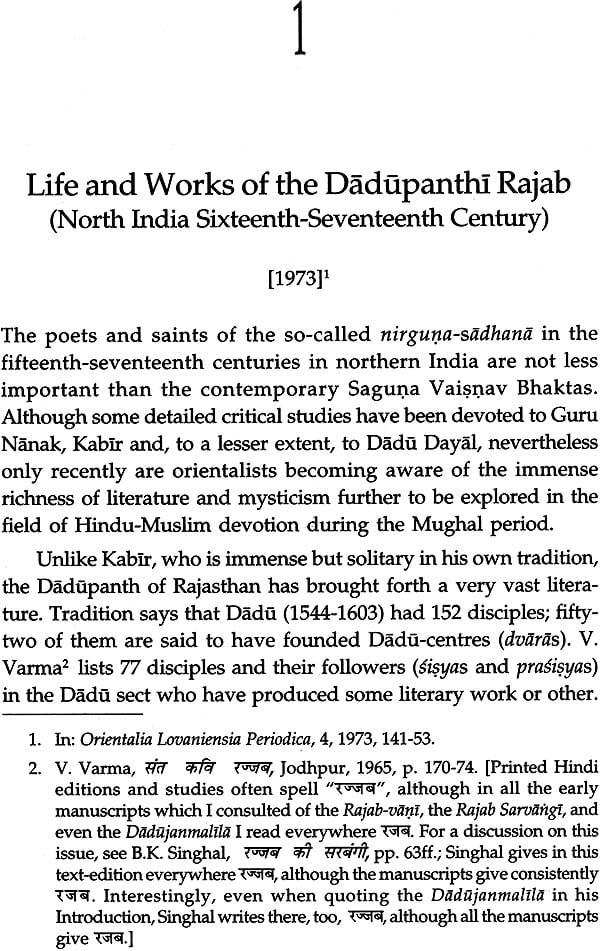
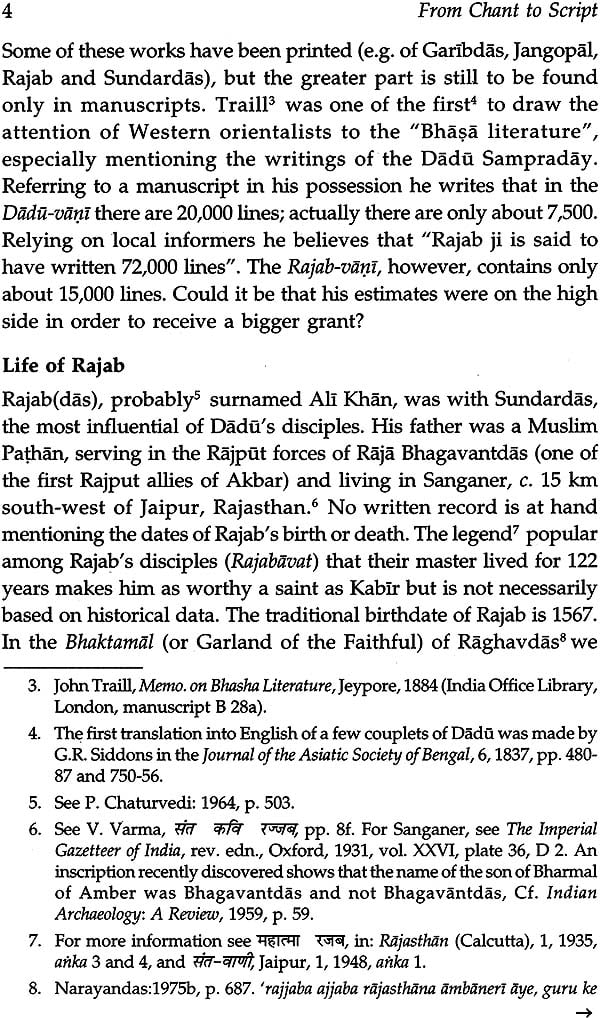
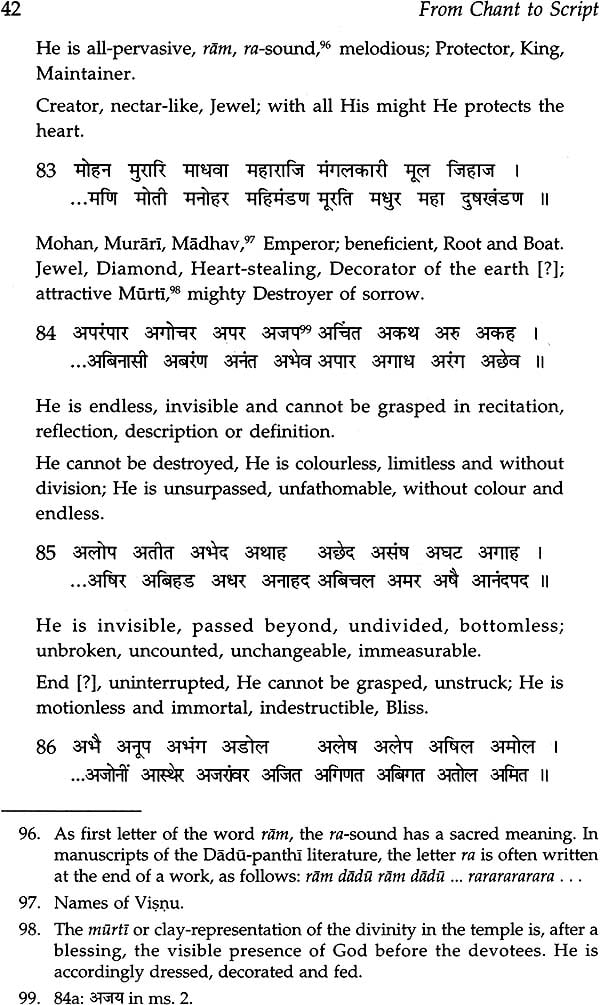
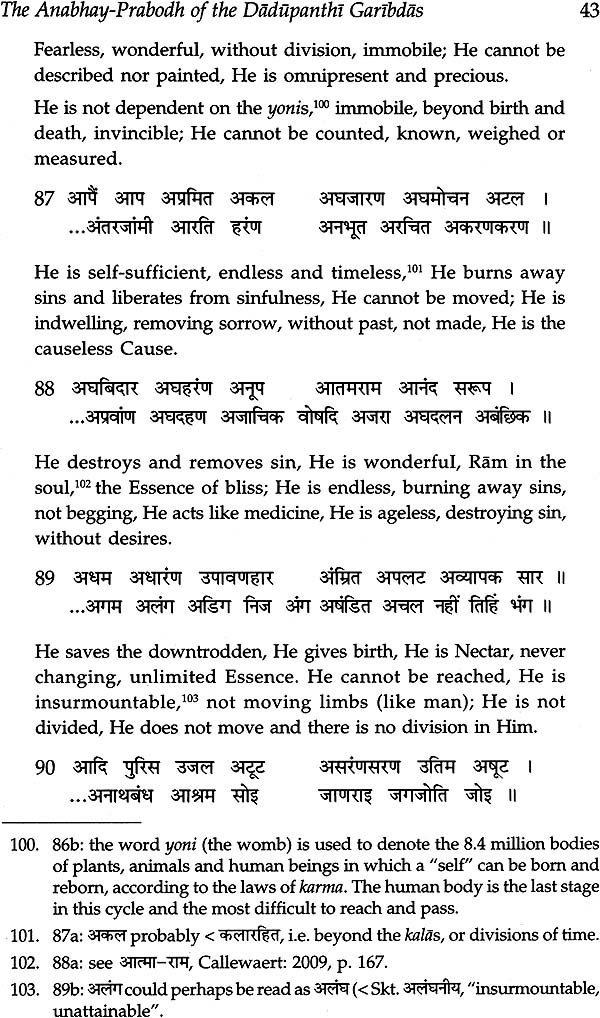
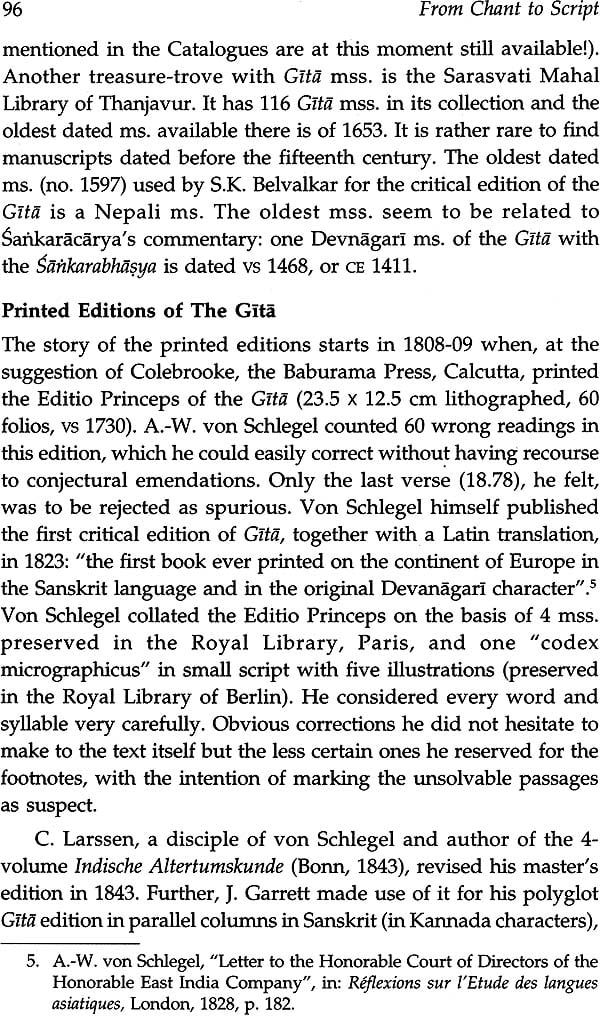
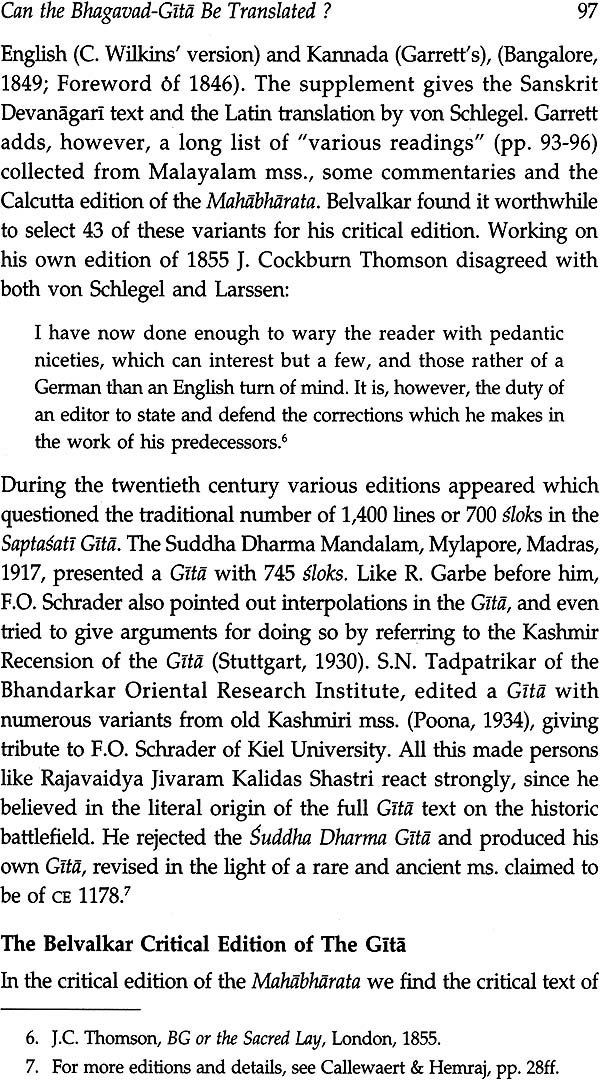
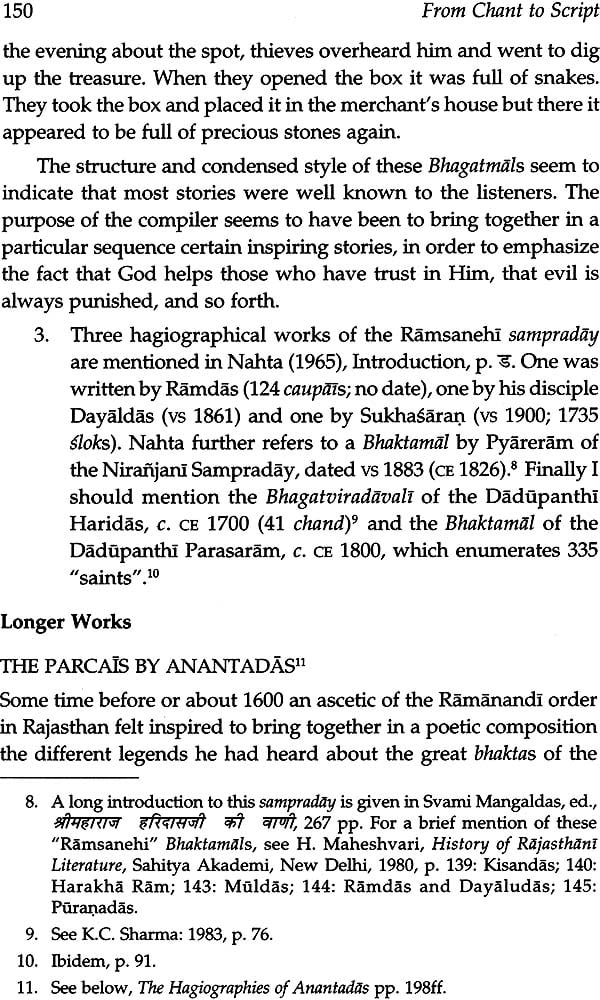
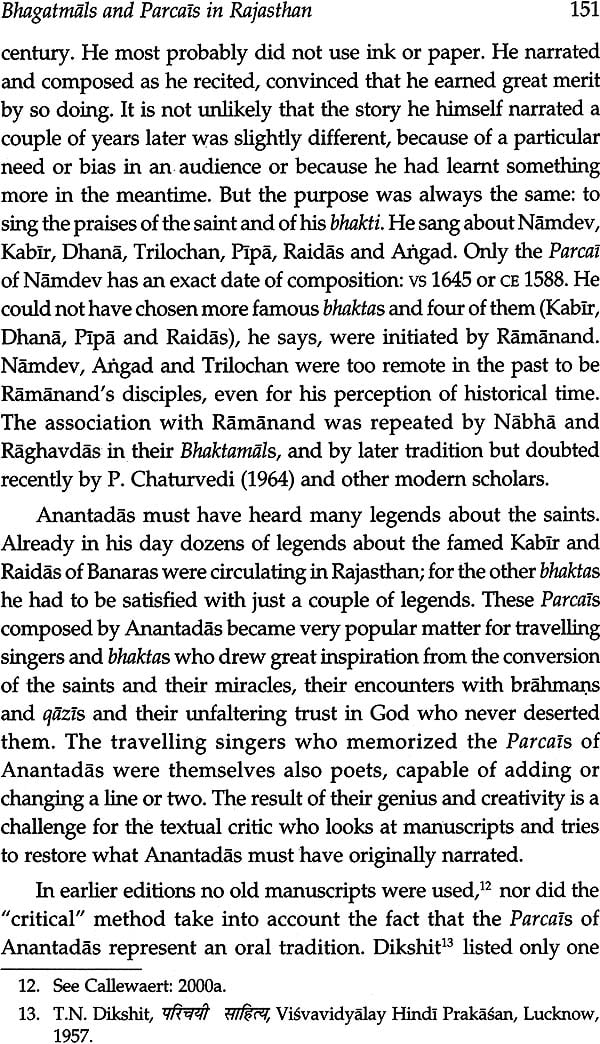
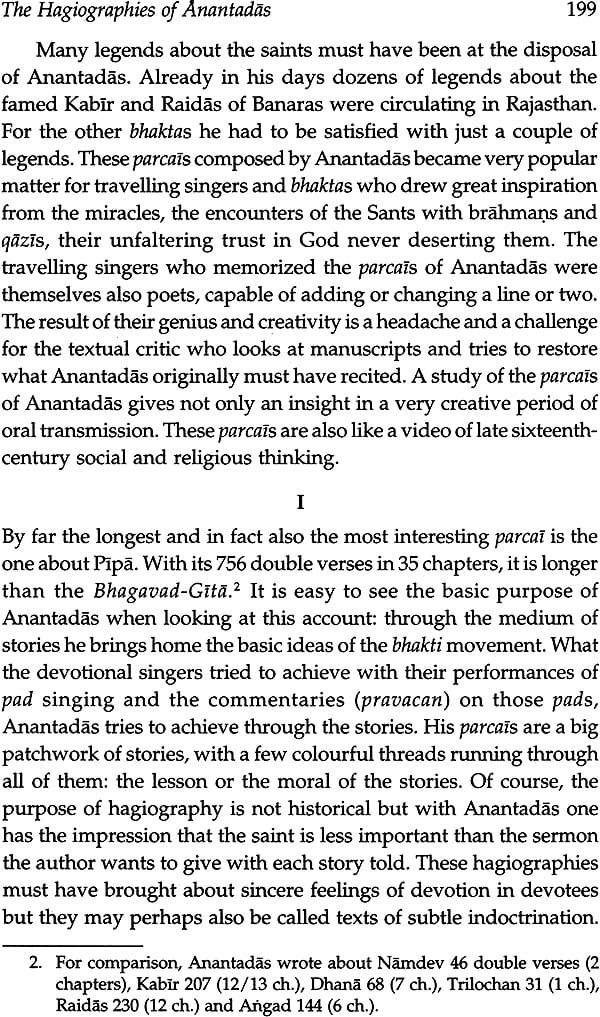
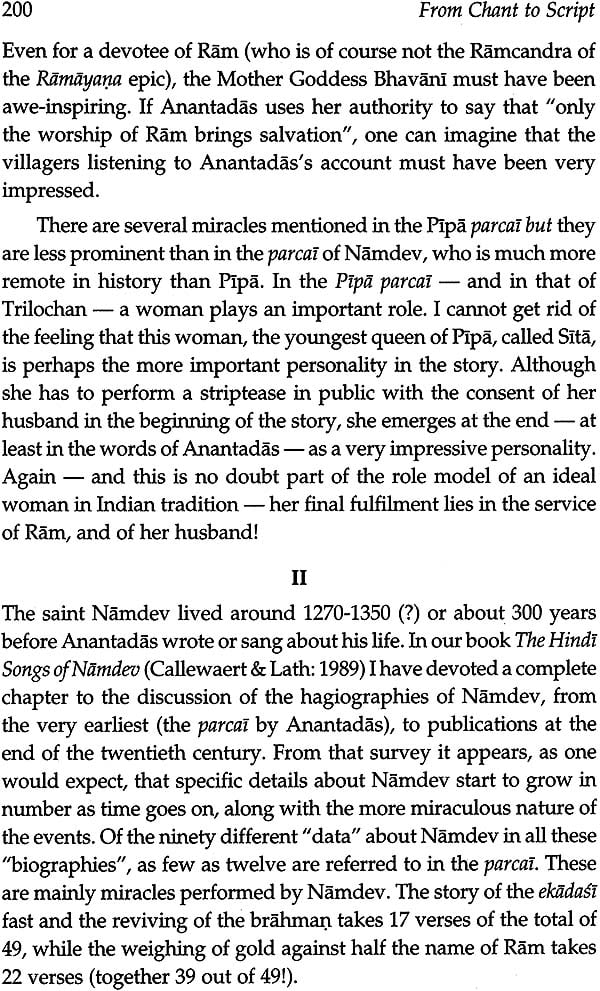
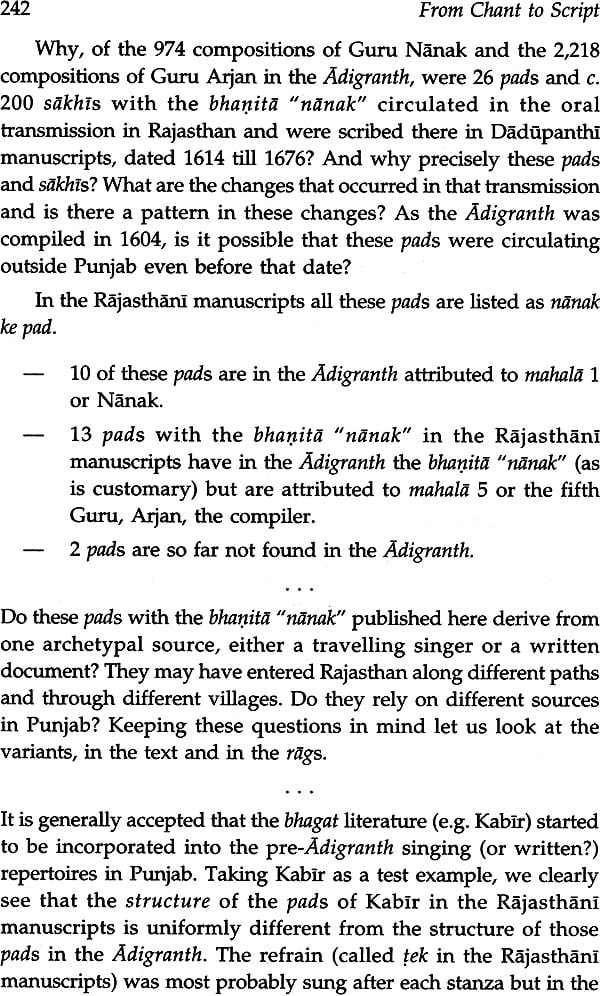
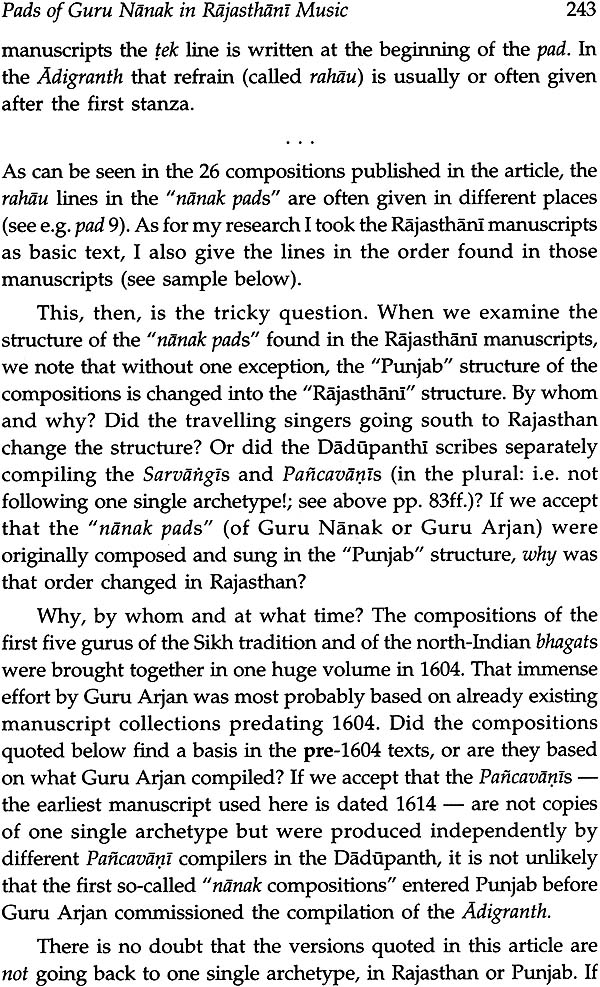
-
Q. What locations do you deliver to ?A. Exotic India delivers orders to all countries having diplomatic relations with India.
-
Q. Do you offer free shipping ?A. Exotic India offers free shipping on all orders of value of $30 USD or more.
-
Q. Can I return the book?A. All returns must be postmarked within seven (7) days of the delivery date. All returned items must be in new and unused condition, with all original tags and labels attached. To know more please view our return policy
-
Q. Do you offer express shipping ?A. Yes, we do have a chargeable express shipping facility available. You can select express shipping while checking out on the website.
-
Q. I accidentally entered wrong delivery address, can I change the address ?A. Delivery addresses can only be changed only incase the order has not been shipped yet. Incase of an address change, you can reach us at help@exoticindia.com
-
Q. How do I track my order ?A. You can track your orders simply entering your order number through here or through your past orders if you are signed in on the website.
-
Q. How can I cancel an order ?A. An order can only be cancelled if it has not been shipped. To cancel an order, kindly reach out to us through help@exoticindia.com.
